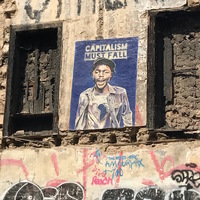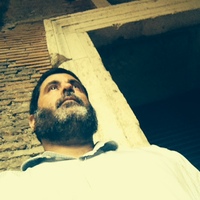Digital Heritage 2018 - 3rd International Congress & Expo, IEEE, Oct 2018, San Francisco, United States, 2018
Cultural Heritage professionals such as archaeologists and conservators regularly experience the ... more Cultural Heritage professionals such as archaeologists and conservators regularly experience the problem of working on concealed artifacts and face the potential destruction of source material without real understanding of the internal structure or state of decay or modification of the initial context by the micro-excavation process. Medical images-based digitization, such as MRI or CT scan, are increasingly used in CH as they provide information on the internal structure of archaeological material. Likewise, additive technologies are used more and more in the Cultural Heritage process, for example, in order to reproduce, complete, study or exhibit artifacts. 3D copies are based on digitization techniques such as laser scan or photogrammetry. In this case, the 3d copy remains limited to the external surface of objects. Different previous works illustrated the interest of combining 3D printing and Computed Tomography (CT) scans in order to extract concealed artifacts from larger archaeological material. The method was based on 3D segmentation techniques within volume data obtained by CT scans to isolate nested objects. This approach was useful to perform a digital extraction, but in some case it is also interesting to observe the internal spatial organization of an intricate object in order to understand its production process. We propose a method for the representation of a complex internal structure based on a combination of CT scan and emerging 3D printing techniques mixing colored and transparent parts of an aggregate of objects, with very small pieces, from an exceptional aristocratic Gallic grave in the context of a preventive archaeological investigation.











Uploads
Papers by Ronan Gaugne